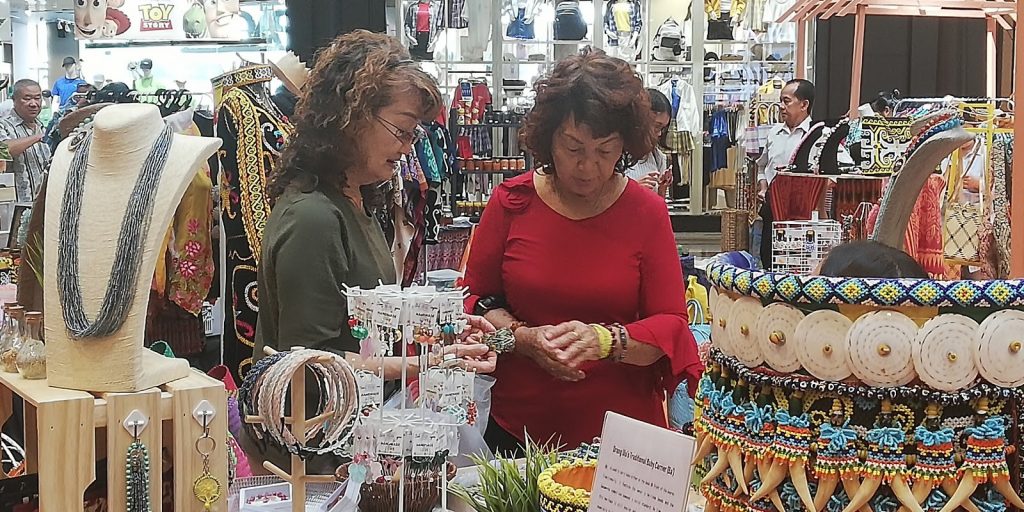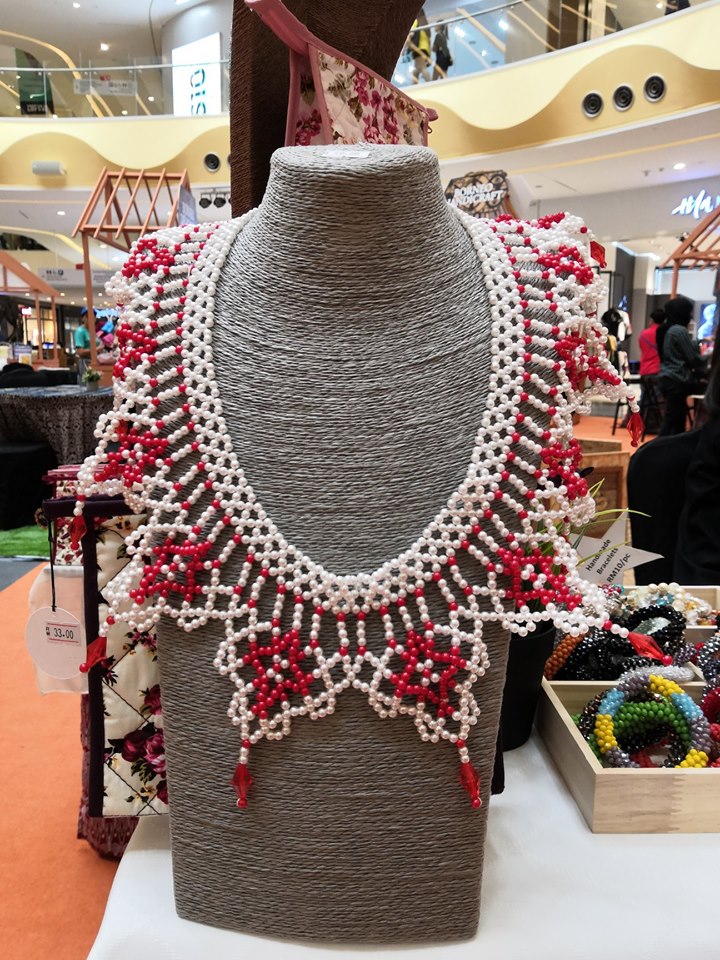Largest 2019 Borneo Fest
The Largest Borneo Festival took place at Sunway Velocity from 17th to 21st July 2019. If you missed it, no worries! I am more than happy to share my experience and what I learned from the festival with you.

Amazed and attracted by the title: “Largest 2019 Borneo Festival” posted on Sunway Velocity’s Facebook page, I excitedly planned to attend the festival last Saturday! I decided it would be best to go with the economic option, which was public transportation and took the Taman Connaught Feeder Bus T410 followed by Mass Rapid Transit (MRT). The trip took me about 30 minutes and I managed to arrive there at 10.30am.

This was the activity schedule which was placed at the main entrance of the mall .
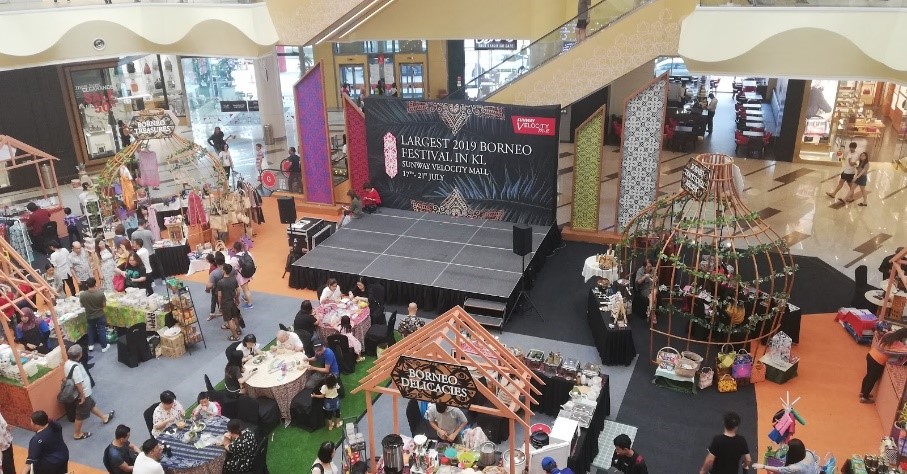
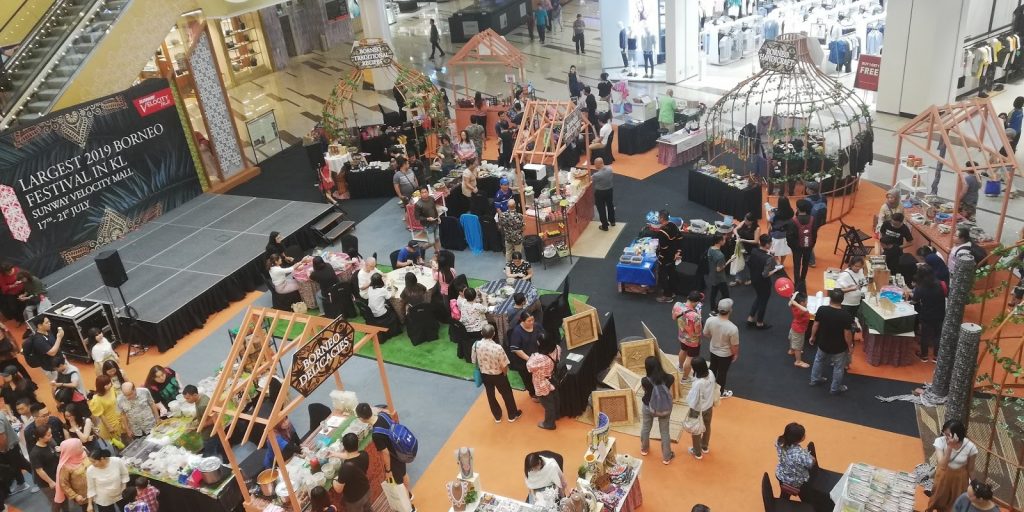
The venue was crowded with people when I reached there and there were 11 small “houses” with sellers inside, selling different kinds of Borneo specialties.
Borneo is the third largest island in the world and the largest in Asia. The island is politically divided among three countries which are Malaysia in middle, Brunei in the north and Indonesia in the south. The north of Borneo also consists of the East Malaysian states of Sabah and Sarawak. Borneo’s economy depends mainly on agriculture, ecotourism, logging and mining. It would take one approximately two and a half hours to travel from KL to Borneo by flight.
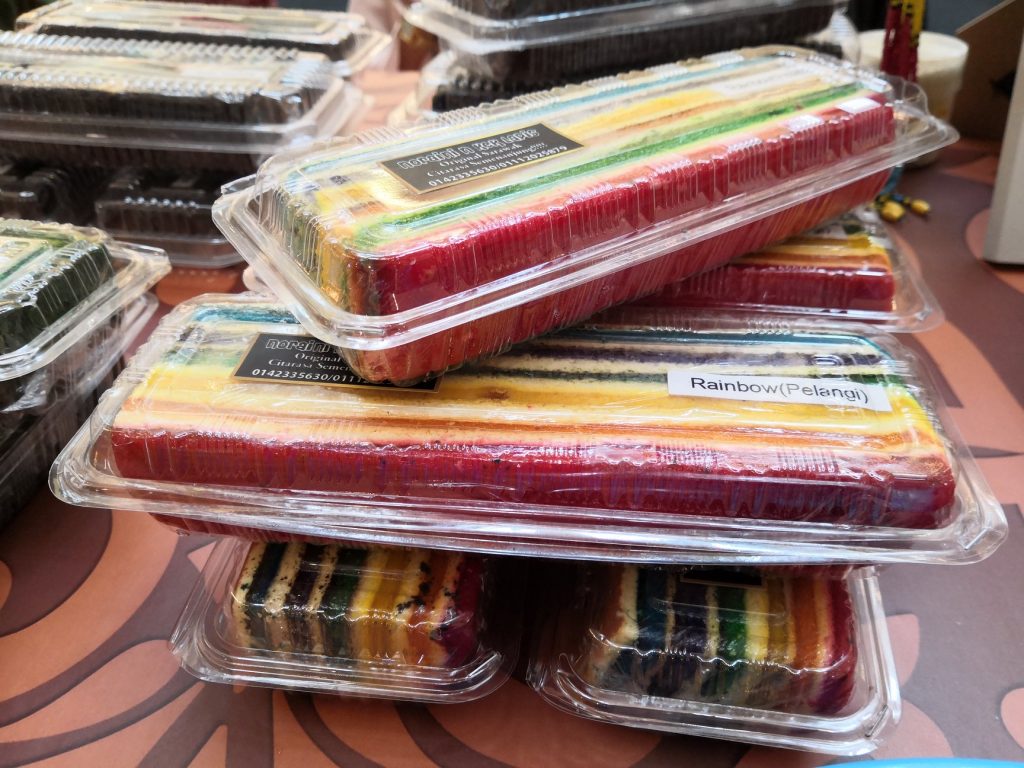
Rainbow kek lapis 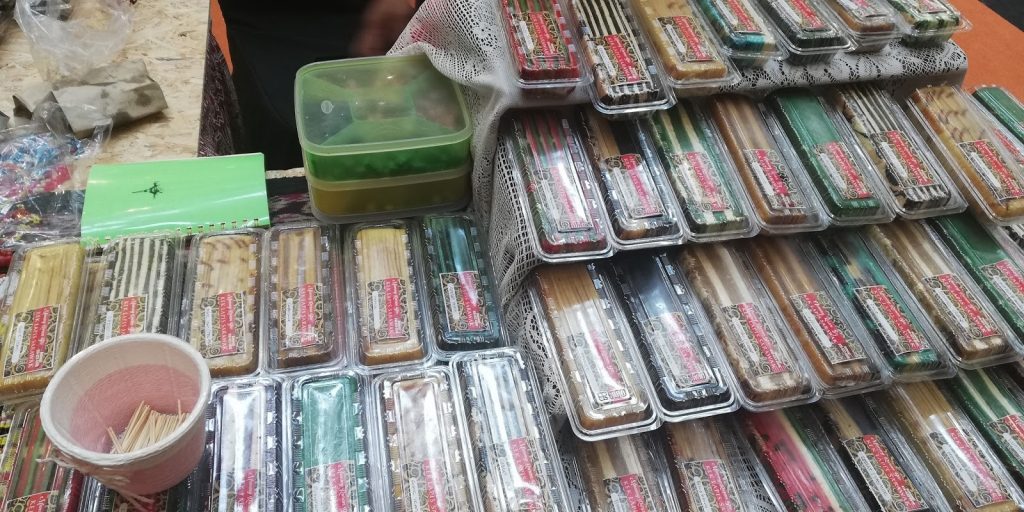
Various kek lapis
The Sarawak layer cake or “Kek lapis” is a dessert traditionally served in Sarawak, Malaysia. According to history, layer cakes have been made in Jakarta, Indonesia since the 1970s and 1980s. During that time, Betawi people came to Sarawak and taught the people there how to make the spiced Betawi cake. The Sarawak people then added new ingredients, flavor and colour that resulted in a new version of layer cake being introduced and it was named the Sarawak layer cake. Modern Sarawak layer cake was inspired by Western cake-making in the early 1980s. Modern Sarawak layer cakes can be divided into two categories: cakes with ordinary layers and cakes with patterns and motifs. According to one of the sellers at the festival, there are 2 ways of making a layer cake which is either by baking or steaming it. The longer the time it takes to make a layer cake, the higher its price on the market. The layer cakes that we usually see in the market are usually made using the baking method. It is because a steamed layer cake takes at least two hours to complete so it is more time consuming. Furthermore, the longest time it can take for a seller to steam a layer cake is eight hours! The colours in layer cakes are made using natural food colouring, green colour is from Pandan and blue colour is from butterfly pea flower.
Malaysians and Indonesians have their own ways and styles of layer cakes. In general, Malaysian layer cakes lean towards the moist side while Indonesia layer cakes are drier in comparison. The myriad colours of layer cakes are used to attract people and make it looked sumptuous and scrumptious. All layer cakes must have at least two colours and can have a maximum of twenty colours. In Malaysia, Sarawak layer cake has been a protected geographical indication since 2010. This means that sellers can call their product “Sarawak layer cake” only if it is manufactured in Sarawak according to the specifications of the Sarawak Layer Cake Manufacturers Association.

“Tuak” is a Sarawakian term for rice wine. Tuak is the most common indigenous drink in Borneo Malaysia. In Sabah, it is called lihing. According to the seller, tuak is used in cooking, especially chicken soup.It is traditionally made with rice, rice milk and water and a yeast-enzyme starter mix known as ragi, which is also known as tapai, a fermented rice cake dessert. It is used to soften the bones and can be used to warm up the body.
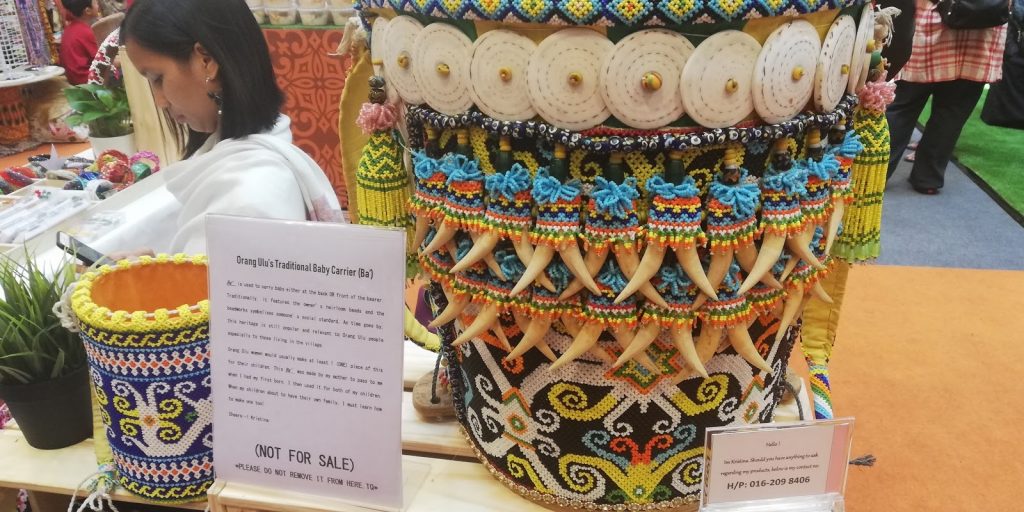
Dayaks traditionally carry their child around in this baby carrier known as “Ba” .”Ba” is truly a work of art, endowed with supernatural properties and plays an important social role. “Ba” is used to carry a baby either at the back or front of the bearer. The “Ba” was created to make the women’s daily life more convenient because the women had to work in paddy fields as well as take care of their children. Traditionally, it features the owner’s heirloom beads and the beadwork symbolizes the person’s social status. Orang Ulu women usually make at least one piece of this for their children. The “Ba” shown in the picture above was made by a mother and passed down to her daughter when she had her firstborn child.
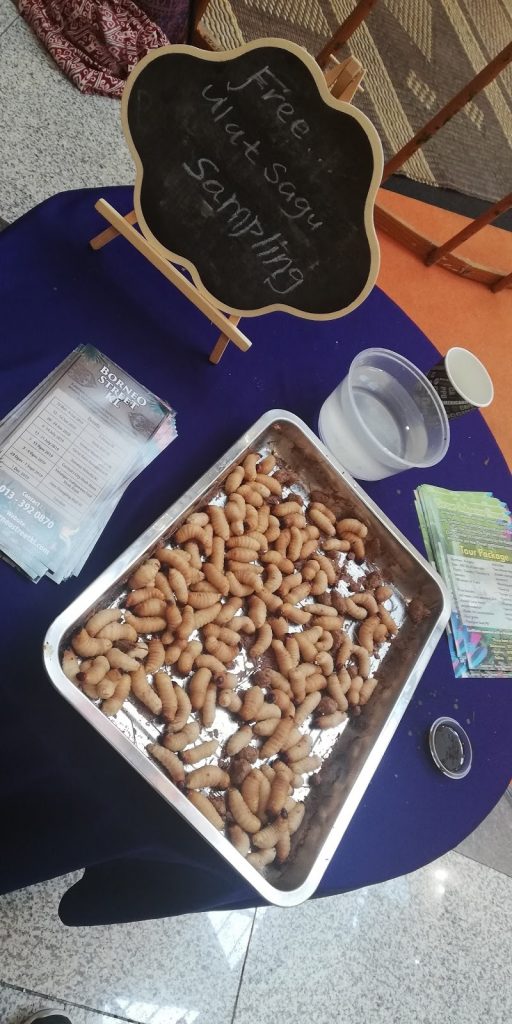
Free Ulat Sagu 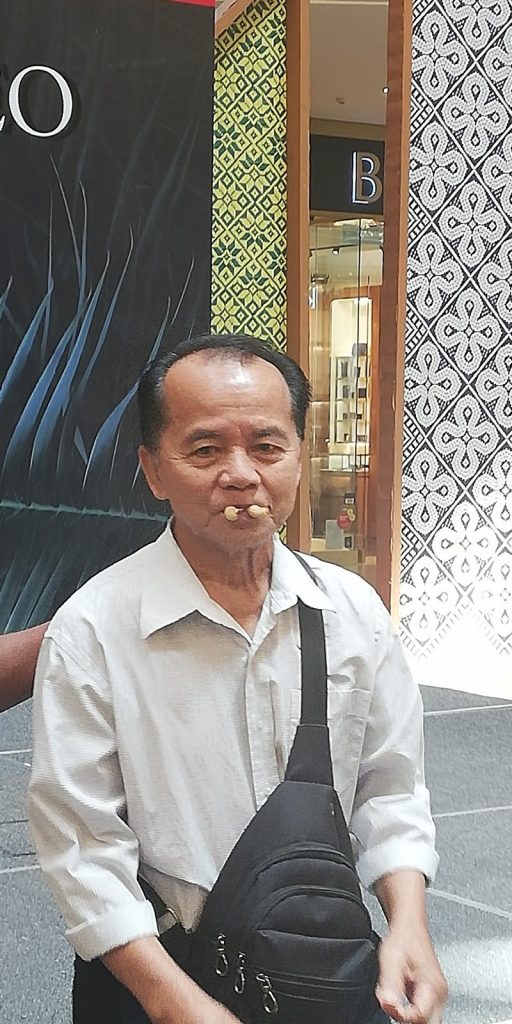
You want to try?
These are Sago Worms, also known as Sago Grubs, as well as the most disgusting yet delicious food in Borneo. Sago worms, despite their unnerving appearance, are actually pretty nutritious. However, to put these wriggling bugs into your mouth is a test of courage in itself. An expert demonstrated how to eat a live Sago worm on stage and the first step is to hold its head with two fingers to prevent its pincers from pinching you. Then, as demonstrated by the expert, you have to separate its head from its body as the head is so hard it is inedible and the body is where all the meat is. The expert then washed it with water and immersed it in chili padi before he ate it. A brave volunteer went on stage to try out the worms and after having a bite, he described it as tasteless but juicy. He went on to say that the worm was fairly creamy and left a strange taste in his mouth. When asked whether he would want to have another one, he responded with a “NO” without any hesitation.
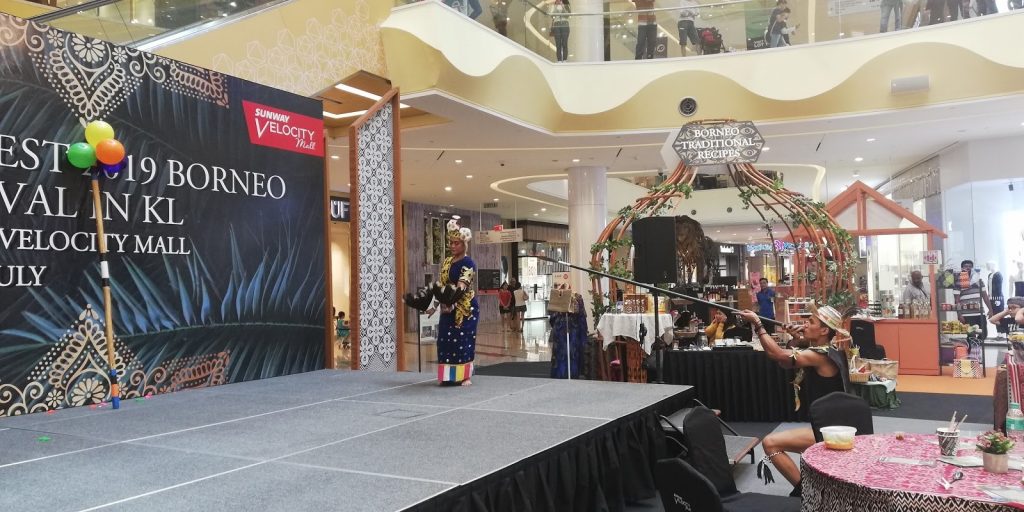
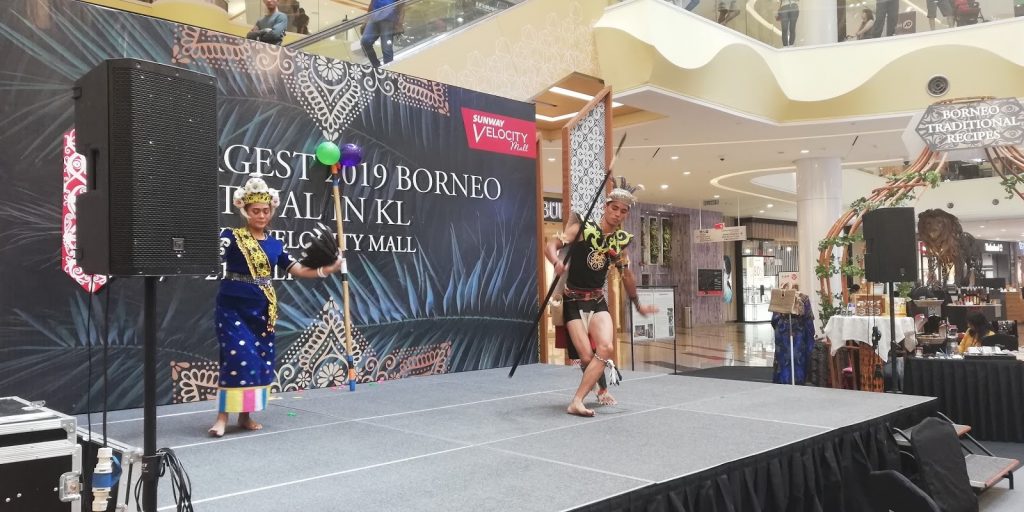
In the old days, the longhouse blowpipe was not only for decoration but also a functional weapon. The blowpipe is usually around seven feet long with a metal spear tied with rattan at one end. However, some blowpipes are shorter, specifically two feet in length for short distance shooting. A dart is inserted at one end of a blowpipe before shooting and it was used to hunt animals which was a main food source for the natives in the old days. There was a performance by Borneo natives to show and teach the audience how to use a blowpipe on stage. After that, there was an interactive game with the audience. Five volunteers from the audience had to use a blowpipe to hit balloons a short distance away from them. For each balloon hit by the volunteers, RM 100 was given to charity.
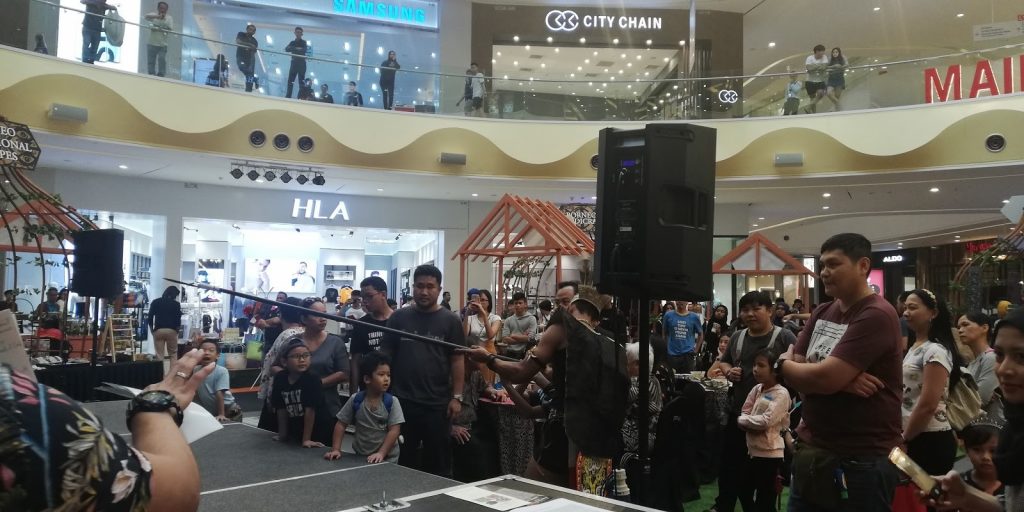
The natives showing the little boys how to use a blowpipe.

A group photo of the volunteers who did a great job. A total of RM700 was given to charity.
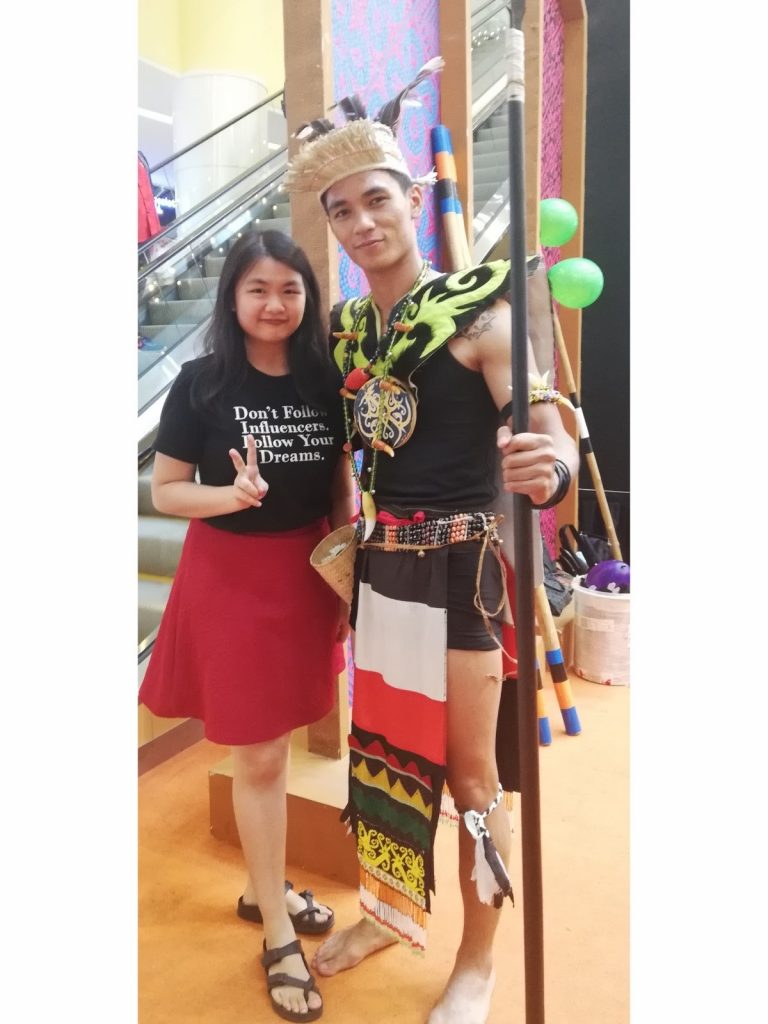
A picture of me and a performer
Beauty is important to every woman and thus women are easily attracted by shiny and pretty accessories. Hence, it is no surprise that Borneo natives have their own beauty accessories and products as well. Many items such as bracelets, clothes and handbags were up for sale at the festival. The best part is, all of these products are handmade and made using natural materials. These accessories and clothing are usually worn by Borneo women when going to important events such as weddings and festivals. As such, they are rarely seen here in Peninsular Malaysia and because of this, many curious customers were checking them out and many decided to purchase some for their own collection.
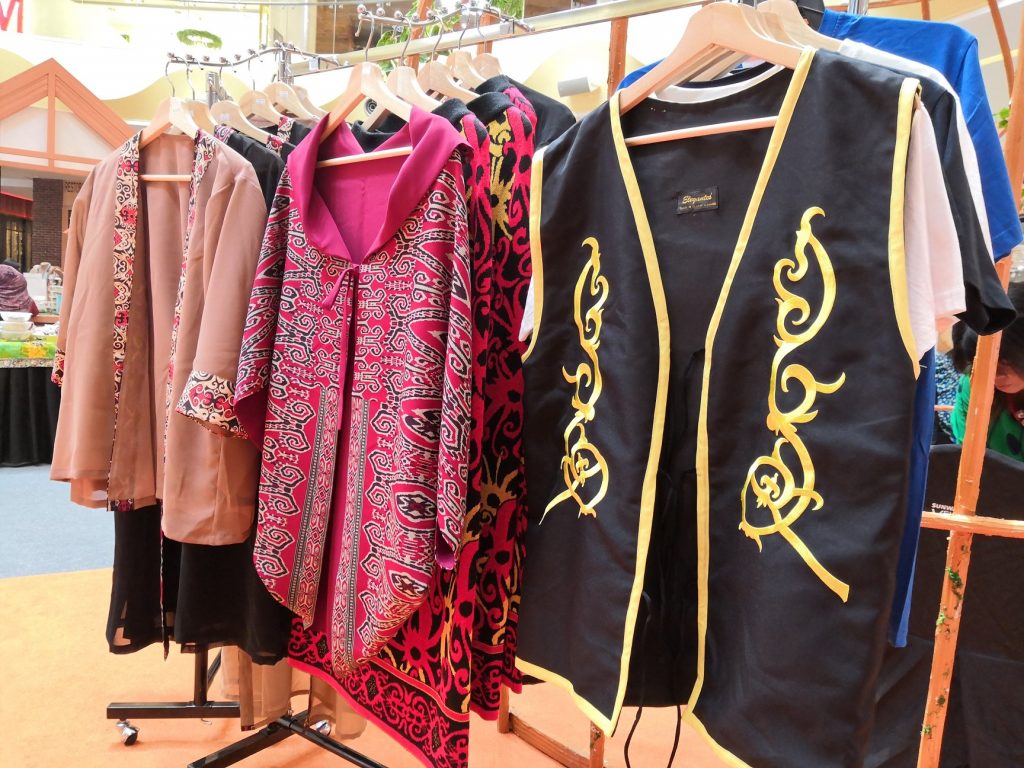
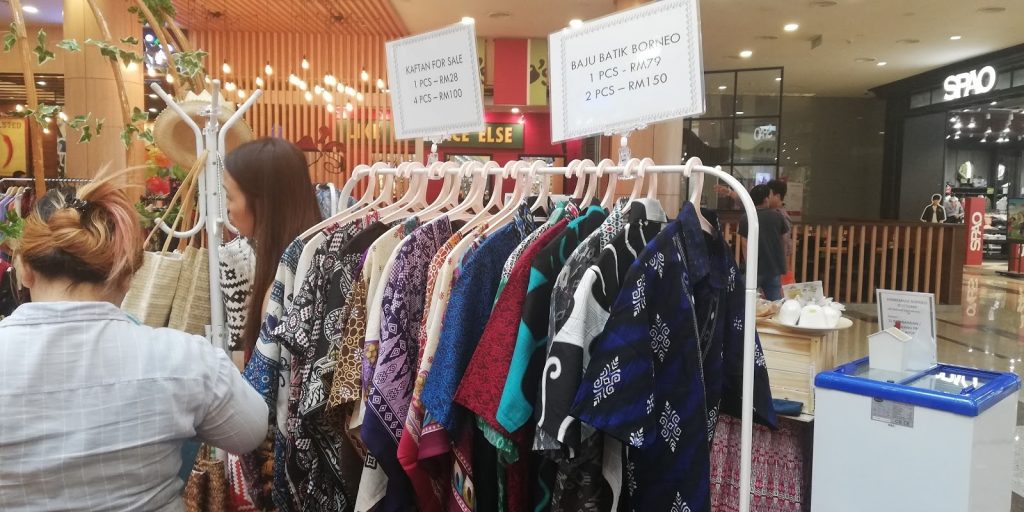


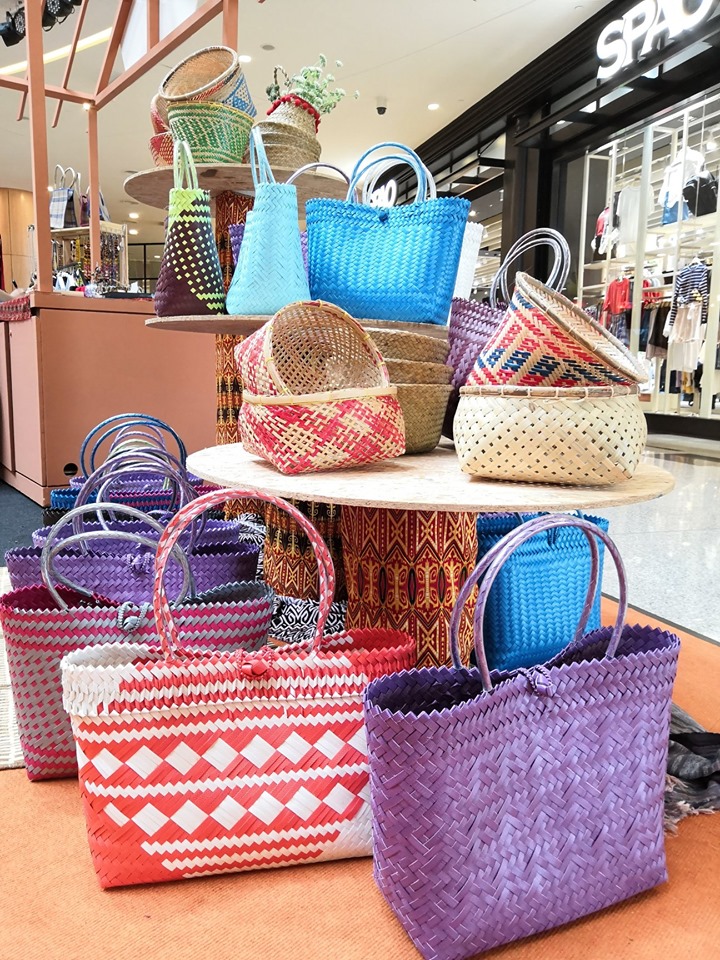


A large of variety of handmade bags and clothes were sold

A popular dish in Borneo is the Hinava. The Hinava is a traditional native dish made by the largest indigenous group in Sabah, Kadazan Dusun. Hinava is made of fresh mackerel mixed with sliced chili, ginger, diced red onions, grated Bambangan seed, salt, and a few teaspoons of lime juice. Raw bitter gourd can also be added to the dish for extra flavour. It can be enjoyed with white rice or on its own as a salad and is pretty simple to make.
Malaysia has become a hot tourist destination for a reason. Malaysia is one of the most beautiful and fascinating countries in Asia. It is a hotpot of culture, ethnics and languages that is one of a kind. Although separated by the ocean, Sabah and Sarawak are still part of Malaysia and contributes to what makes Malaysia so unique compared to other countries. Thus, we should all strive to learn more about their culture as we are all Malaysians who live on the same soil.

